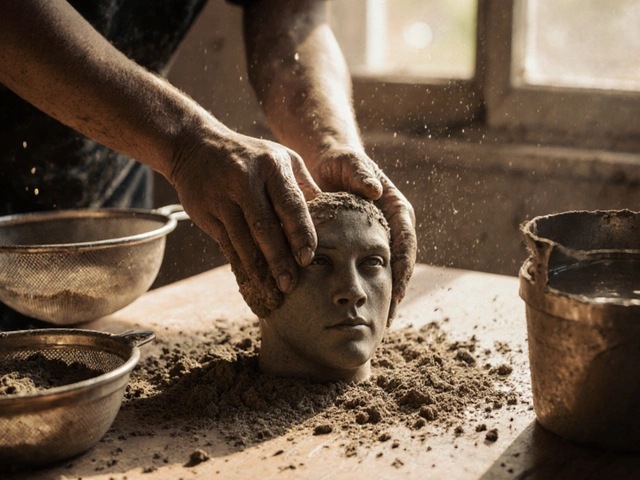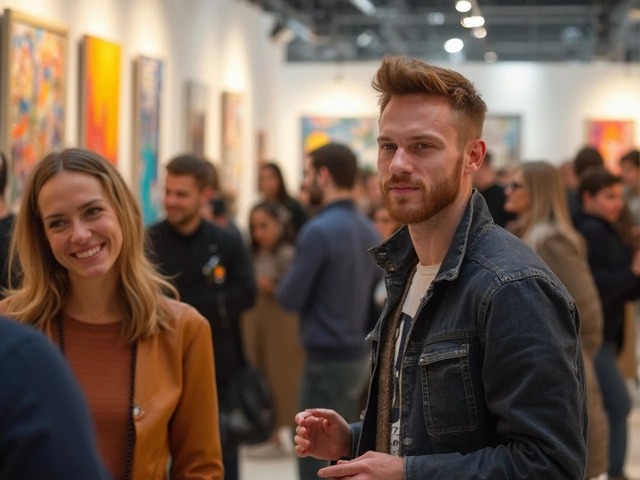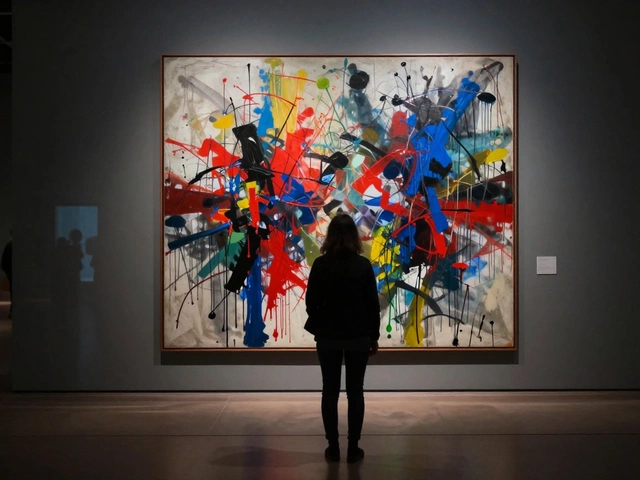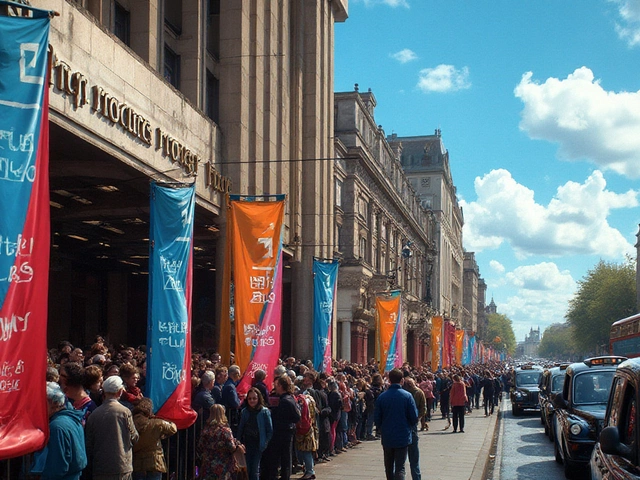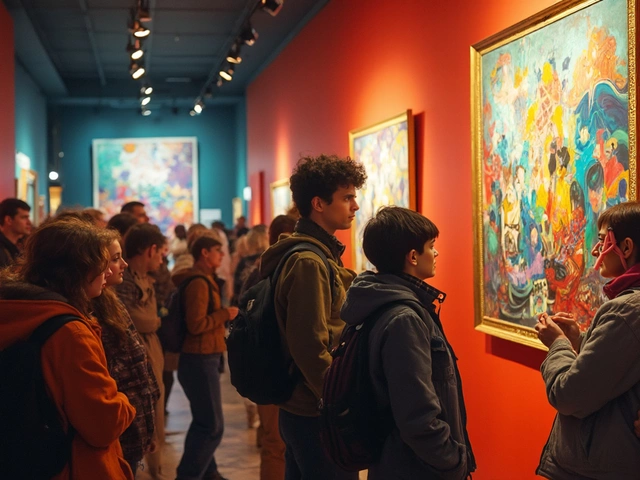People often assume sculpting is for geniuses with years of training. You see a marble statue in a museum and think, There’s no way I could make that. But here’s the truth: sculpting isn’t about being born with talent. It’s about showing up, making messes, and learning from them.
What Makes Sculpting Feel Hard
The biggest hurdle isn’t your hands-it’s your expectations. Most beginners think they need to carve a perfect human face on the first try. That’s like expecting to play a Mozart concerto after one piano lesson. Sculpting is physical, slow, and unforgiving. Unlike painting, where you can wipe away a mistake with a rag, stone or clay doesn’t undo easily. A wrong cut in marble is permanent. A lopsided ear in clay dries and cracks if you don’t fix it fast.
But here’s what no one tells you: most sculptors, even professionals, spend more time fixing mistakes than making things look right. The difference? They’ve learned to expect it.
It’s Not About Tools-It’s About Touch
You don’t need a $500 set of chisels to start. A beginner can make powerful work with just a wooden modeling tool, a bowl of water, and a block of air-dry clay. I’ve seen students in Wellington community centers make expressive faces using only their fingers and a plastic knife. The real tool isn’t in your hand-it’s in your eyes.
Sculpting is about learning to see in three dimensions. You have to imagine the form inside the block. Is the neck too thick? Is the jawline too sharp? You don’t guess. You measure. You compare. You hold your piece up to your face and ask: does this look like a person? Or just a blob with eyes?
Try this: take a potato. Carve it into a simple head. Don’t worry about beauty. Just get the proportions right. The nose should be halfway between the top of the head and the chin. The eyes sit right in the middle of the upper half. These aren’t rules-they’re anchors. Once you know them, you can bend them.
Clay vs. Stone vs. Wood: Which Is Hardest?
Each material teaches you something different.
- Clay is forgiving. You can add, remove, reshape. It’s the best for learning form and movement. Air-dry clay is cheap and doesn’t need a kiln. Perfect for home studios.
- Stone (like limestone or soapstone) is unforgiving. One slip and you lose a finger. But it teaches patience. You work with the grain, not against it. A 5kg block of soapstone costs under $40 and lasts months.
- Wood is in between. It’s hard to carve but gives you texture you can’t get with clay. Basswood is soft enough for beginners. Hardwoods like oak? Save those for later.
Start with clay. Not because it’s easy-but because it lets you fail fast and learn faster.
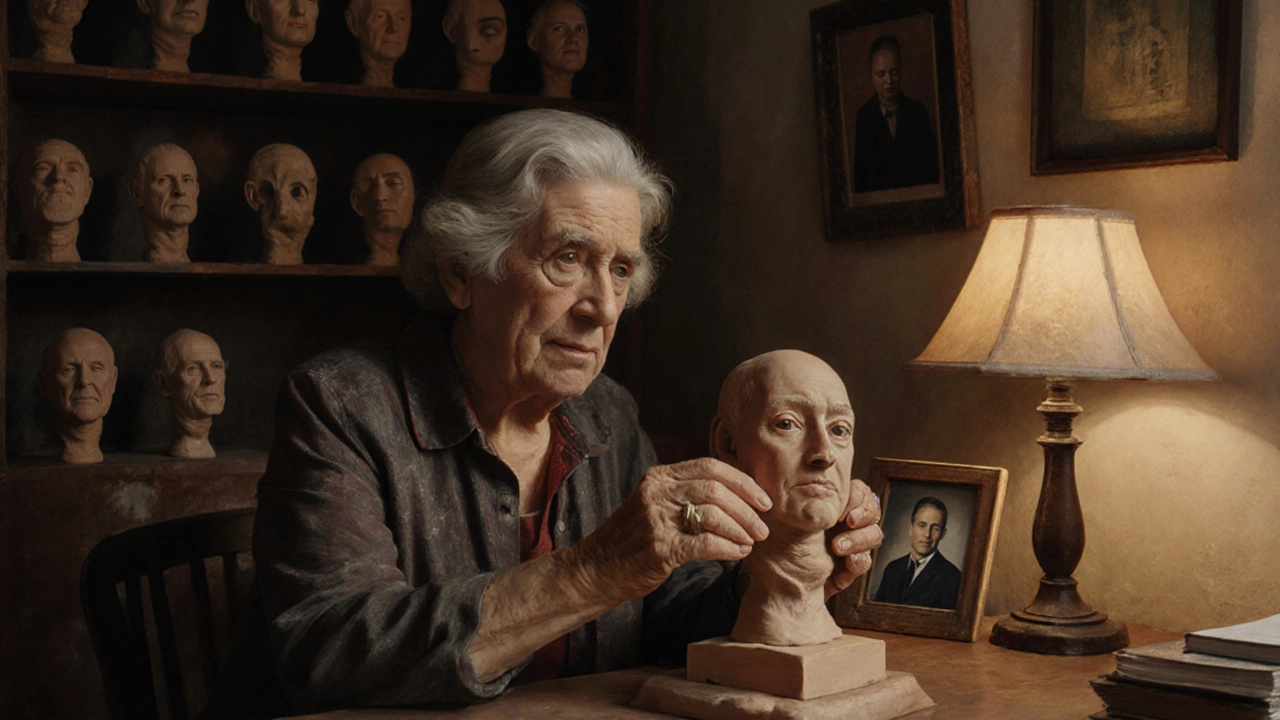
How Long Does It Take to Get Good?
There’s no magic number. But here’s what I’ve seen in 10 years of teaching workshops: most people see real progress in 3 months if they practice 3 hours a week. That’s not a lot. One evening after work. One weekend morning.
What changes in that time? Your hand learns what your eye sees. You stop thinking about the tool. You stop worrying if it looks like a Picasso. You start noticing how the light hits a curve. How the neck tapers. How the shoulder rolls into the arm.
After six months, you’ll make something you’re proud of-not because it’s perfect, but because it’s yours. And that’s the point.
The Real Secret: Consistency Over Perfection
The most successful sculptors aren’t the ones with the fanciest studios. They’re the ones who show up. Even when they hate what they’re making. Even when their hands ache. Even when the clay cracks overnight.
One student I worked with, a retired nurse in her 60s, started sculpting after her husband passed. She made 47 small busts in 18 months. None were gallery-worthy. But each one held a feeling. A memory. A quiet truth. She didn’t care if it was ‘good.’ She cared that it was real.
That’s the heart of sculpting. It’s not about creating masterpieces. It’s about learning to see the world differently. To slow down. To touch. To shape something with your hands that didn’t exist before.
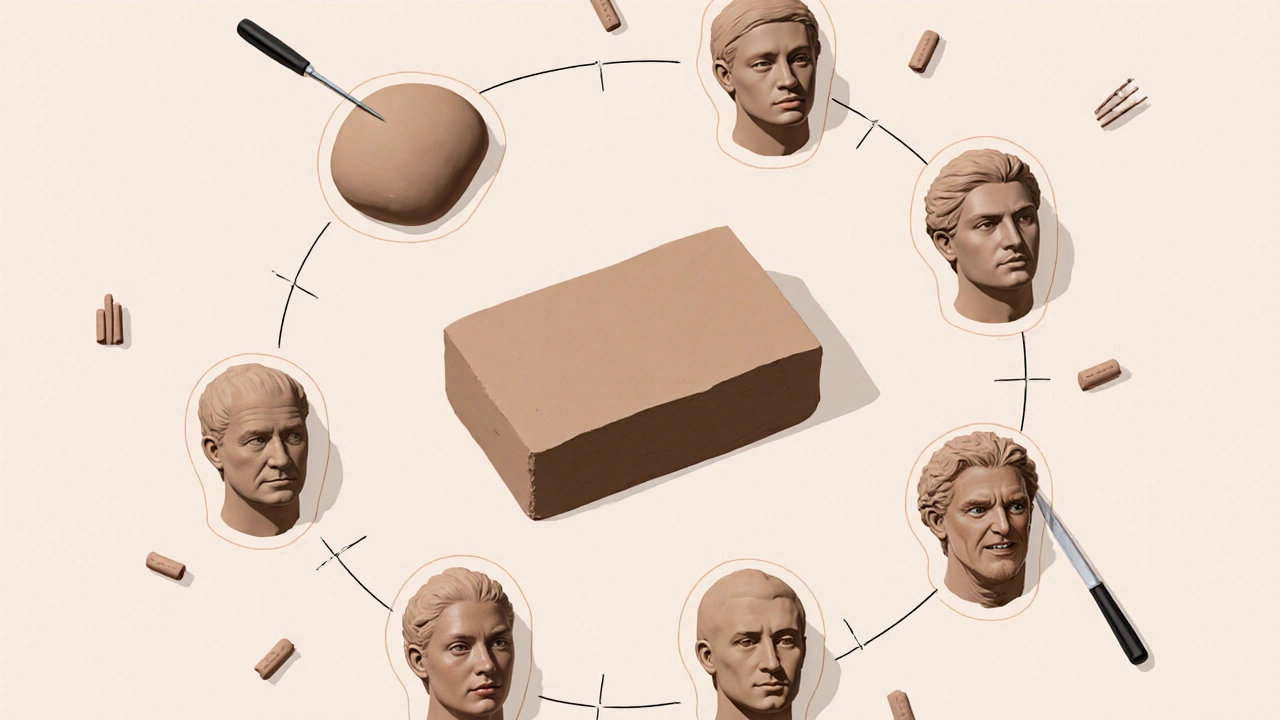
Common Mistakes Beginners Make (And How to Avoid Them)
- Working too big too soon - Start with something the size of your fist. A head. A hand. A bird. Big pieces take weeks and cost more. Small pieces teach you more.
- Ignoring the base - A sculpture needs to stand. Always build a stable base. Even a simple block of wood or a clay pad keeps your piece from tipping.
- Not taking photos - Your eyes get used to your piece. Take a photo every 30 minutes. You’ll spot problems you never noticed.
- Skipping reference images - Don’t sculpt from memory. Use photos. Your own face in a mirror. A friend’s hand. A cat curled up. Real life is your best teacher.
- Comparing yourself to Michelangelo - He had 20 years of training and a team of assistants. You have you. And that’s enough.
Where to Start Today
Here’s your 3-step plan:
- Buy a 2kg block of air-dry clay (under $15 at any art supply store).
- Grab a wooden skewer, a butter knife, and a small bowl of water.
- Make one thing: a face. Just one. Don’t aim for beauty. Aim for honesty.
Do this once a week for a month. That’s it. No classes. No fancy gear. Just you, your hands, and a lump of clay.
If you do this, you’ll learn more than any YouTube tutorial can teach you. Because sculpting isn’t learned. It’s felt.
Is Sculpting Difficult?
Yes-if you think it’s about perfection.
No-if you think it’s about presence.
The difficulty isn’t in the material. It’s in letting go of the idea that you need to be good right away. Sculpting doesn’t care if you’re talented. It only cares if you’re willing to get your hands dirty and keep going.
So go make something ugly. Make it crooked. Make it lopsided. Then make another. And another. That’s how you learn. That’s how you grow. That’s how you start sculpting-not as a dreamer, but as a maker.
Do I need formal training to start sculpting?
No. Many professional sculptors started with no training at all. You can learn the basics through books, free online videos, and practice. Formal classes help with feedback and structure, but they’re not required. What matters is doing the work, not the diploma.
Can I sculpt without a studio or kiln?
Absolutely. Air-dry clay and polymer clay don’t need a kiln. You can work on a kitchen table. Just cover it with plastic or wax paper. Once dry, your piece is stable. If you later want to fire clay, you can take it to a local ceramics studio-they often offer firing services for a small fee.
What’s the cheapest way to start sculpting?
Buy a 2kg block of air-dry clay ($10-$15), a wooden modeling tool ($5), and use a butter knife or spoon for shaping. Water and your fingers are free. Total cost: under $25. You can make dozens of pieces before needing to buy more.
How do I know if my sculpture looks right?
Hold it up to a mirror. Turn it slowly. Take a photo and view it on your phone. Look at real-life references-your own face, your dog’s ears, a friend’s hand. If it feels true to what you’re copying, it’s working. Perfection isn’t the goal. Recognition is.
Why does my clay keep cracking?
Cracking happens when clay dries unevenly. Keep your work covered with a damp cloth when not working. Add water sparingly to the surface if it feels dry. Avoid making thin parts too thin-they dry faster and crack. If it cracks, moisten the area, press the pieces back together, and smooth it with a wet finger.

